In the last decade, reliance on liquefied petroleum gas (LPG) in Zimbabwe has noticeably grown. From a modest consumption of five million kilograms per annum in 2012, LPG use has skyrocketed to a remarkable 70 million kilograms in 2024. This 14-fold increase reflects growing preference for LPG as an alternative to traditional fuel sources, driven by its clean, efficient, and cost-effective nature.
This growth can be largely attributed to a series of concerted efforts by the Zimbabwe Energy Regulatory Authority, which has put in a lot of work to promote LPG as a safer and more sustainable alternative to traditional fuels like wood and coal.
For years, many held misconceptions about the safety of LPG, perceiving it as a dangerous option. However, through extensive awareness campaigns and training on proper handling and usage, these fears have been steadily eroded. Today, the fuel is recognised as a cleaner, more reliable energy source for both heating and cooking, especially in a country prone to frequent electricity shortages.
The advantages of LPG go beyond environmental benefits. On a practical level, transitioning to LPG has the potential to ease the country’s electricity crisis, with the potential to reduce power consumption by up to 60%. This has made LPG an attractive option for many households and industries seeking reliable energy solutions in the face of rolling blackouts and unpredictable power supply.
However, the rapid growth in LPG consumption has also brought challenges. A key concern is the proliferation of substandard LPG cylinders and unlicensed operators, posing safety risks. ZERA has responded by confiscating over 300 non-branded gas cylinders and is now working closely with law enforcement to regulate the market, seeing to it that only licensed operators and certified products are available to consumers.

